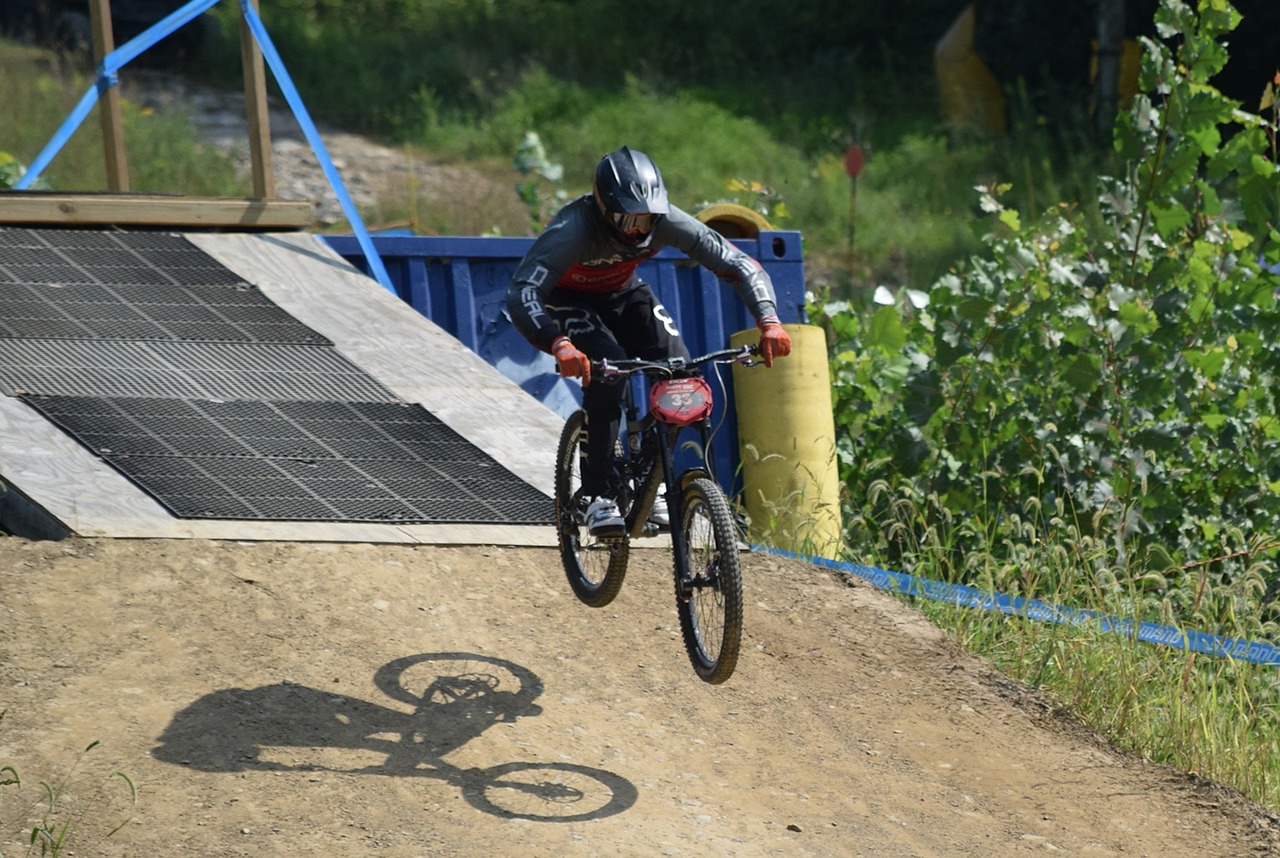The Art of Batting: Techniques and Innovations
Allpaanel, 11xPlay: When stepping up to the plate, a player’s batting stance is their foundation for a successful hit. The width of the stance should be comfortable yet stable, with the feet parallel and shoulder-width apart. The positioning of the feet will vary depending on the player’s preference, with some opting for an open stance while others may prefer a closed one. In terms of footwork, maintaining a slight knee bend helps with balance and agility during the swing. Players should practice their stance and footwork consistently to ensure muscle memory and comfort at the plate.
Foot placement and weight distribution play a crucial role in executing a powerful swing. As the pitch approaches, the transfer of weight from the back foot to the front foot initiates the swing. The back foot acts as the anchor, providing stability and power, while the front foot allows for rotation of the hips and torso. Timing is key when coordinating footwork with the pitch’s trajectory. By mastering the coordination of foot placement and weight shift, players can optimize their power and precision at the plate.
Hand Placement and Grip
When it comes to your hand placement on the bat and your grip, precision is key. Your hands should be placed comfortably on the handle, ensuring that you have a strong and secure grip. The placement of your hands will affect your swing and overall control of the bat during your time at the plate.
A proper grip on the bat involves holding it firmly but not too tight, allowing for a smooth and controlled swing. Make sure your hands are evenly spaced apart on the handle, with your fingers wrapped around snugly. Finding the right balance in your grip will help you generate power in your swing while maintaining accuracy and control.
Eye Focus and Tracking
When it comes to eye focus and tracking in baseball, it is crucial for a player to maintain a sharp and unwavering gaze on the pitcher’s hand. This allows the batter to pick up on any subtle movements or cues that may help anticipate the type of pitch that will be thrown. By keeping their eyes locked on the pitcher’s hand, batters are able to react quicker to the ball as it leaves the pitcher’s grasp.
In addition to focusing on the pitcher’s hand, batters must also track the ball from the moment it is released until it makes contact with the bat. By following the trajectory of the pitch with precision and intent, a batter can position themselves in the optimal spot to make solid contact. Tracking the ball effectively requires a combination of visual acuity and hand-eye coordination, allowing the batter to adjust their swing based on the pitch’s speed, location, and movement.







